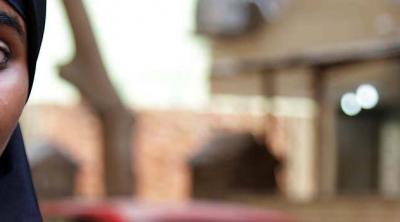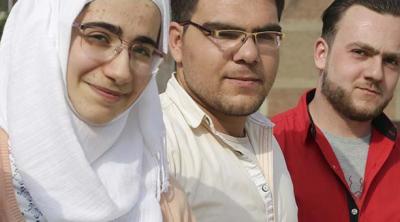CRS in Egypt
Since 2011, Egypt has witnessed periods of instability related to the changing political environment. This instability has had a substantial impact on the population, comprised of almost 90 million Egyptians and more than 190,000 refugees. The population struggles to maintain its livelihoods in the wake of increased food prices, shortages of petroleum and natural gas, and decreased tourism.
Additionally, the country has experienced increasingly high levels of tension and conflict between majority Muslims and religious minorities. The crisis entered a very violent phase in mid-August 2013, resulting in more than 1,000 deaths, the destruction of more than 60 churches and Christian institutions, and the imposition of a State of Emergency and curfew. Amidst the challenges that accompany this changing environment, CRS Egypt remains committed to playing a significant role in supporting Egyptian and refugee populations.
Stats
People Served: 76,838
Population: 97,041,072
Size: 386,662 sq. mi.; slightly more than three times the size of New Mexico
Our Partners
Become a Partner ›Programming Areas
CRS' History in Egypt
In 1956, at the invitation of Egyptian President Gamal Abdel Nasser, Catholic Relief Services began providing relief assistance in Egypt to people affected by the Suez War. During the decades that followed, CRS Egypt moved from large-scale food relief to long-term poverty alleviation and development programs.
Currently, CRS Egypt supports economic opportunities for refugees, women and other marginalized groups. CRS Egypt’s current interfaith action strategy promotes collaboration between Muslims and Christians in at-risk communities in Egypt to reduce interreligious conflict through community action.
CRS Egypt also offers education assistance to refugees from Africa, Syria and Iraq. CRS works closely with Egyptian organizations to carry out these programs, supporting each organization to become more effective, efficient and responsive—creating lasting positive change as this age-old society goes about reinventing itself.






